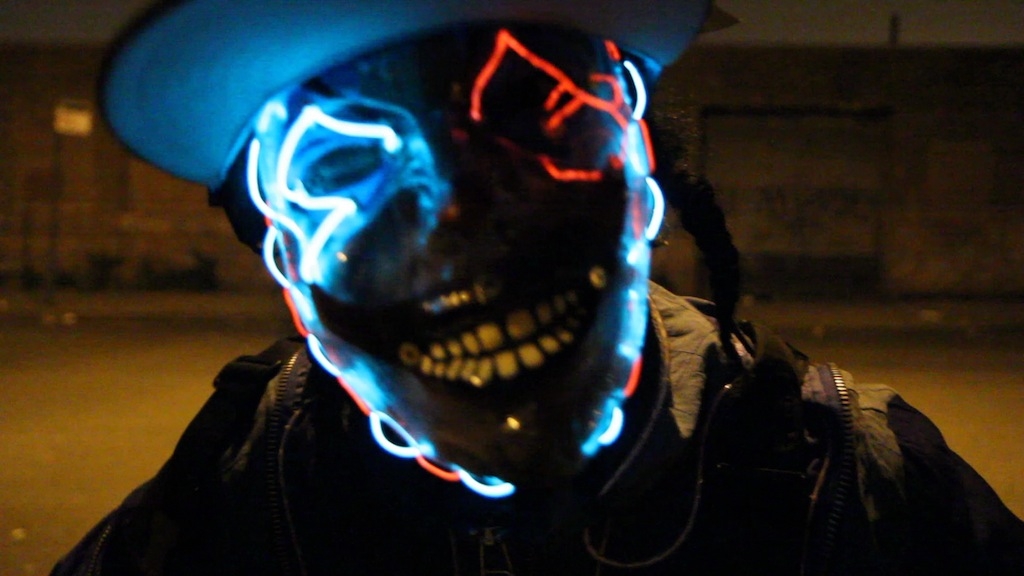Selected by Omer Fast
Think about your average massive catastrophic event. (I do. Many times. Every day.) What is the most violent, yet contradictorily least-easy-to-pin-down thing about it? If you answered, “Well, Omar [sic], that would be a disruption in the symbolic order,” then give yourself a week off of reading the news and buy yourself a beer. And while you’re drinking, let’s remember that one of fiction’s most important jobs is to anticipate what such a disruption in the symbolic order might look like and – using the topsy-turvy terms of a disordered world – to actually show us what our present, ordered reality ‘really’ looks like. Here’s an example: the devastating social changes well under way in American cities during the 1970s are strikingly reflected in the post-apocalyptic film genre of the same decade (albeit from a very white-male middle-class perspective.) Movies like The Omega Man (1971), and Escape From New York (1981) are easily read as parables for white anxiety and white flight in the face of urban decay and that perennial bogeyman: the ever-migrating, ever-threatening, non-white ‘Other’. The fantastic veneer of these movies – both compelling and campy – barely masks the catastrophic real-life social relations they are otherwise depicting. Has anything changed?
Loretta Fahrenholz’s film Ditch Plains (2013) pays homage to this genre but also subverts it in delicate ways, offering a stunning, poetically charged portrait of contemporary urban America. It begins with a familiar image: the streets of New York after disaster, dark and deserted and littered with trash and dead bodies (more than a few among the dead are hipsters, so this must be Brooklyn). A distorted voice, cinematically gravelly, sets the scene from somewhere beyond. We don’t know what happened but nothing moves. Death is everywhere. And then the zombies come out. Crawling, twitching, twisting, staggering, these are nevertheless not exactly the sluggish undead we expect: They’re lithe, acrobatic and young – and they’re black and stylish and ghetto. The footage of these zombie dancers achieves an ecstatic, uncanny beauty, both electrical and sensual, which is easy to consume and very hard to create. And then, just when you’re comfortable watching them do their thing, the zombies talk – channelling everyday encounters they’ve had with the police – and the camera switches to documentary clips of New York after Hurricane Sandy. Black Lives Matter meets global warming. Sounds heavy, but it’s done subtly. The illusion of fiction – or more appropriately of performance – is never really broken. Moreover, it is at these nodal points between the ecstatic and the catastrophic that the work smuggles in its true, radical other: the real. It’s also where the work disrupts its own symbolic order, presenting its protagonists as both heroic survivors and outcasts. I saw Ditch Plains in a group exhibition in Berlin and I will never forget it.
Loretta Fahrenholz lives in New York and Berlin. She has had solo exhibitions at Midway Contemporary Art, Minneapolis; Kunsthalle Zurich; Galerie Buchholz, Cologne; Ludlow 38, New York; Project Native Informant, London; and Reena Spaulings Fine Art, New York.
This article was first published in the January & February 2016 issue of ArtReview.
